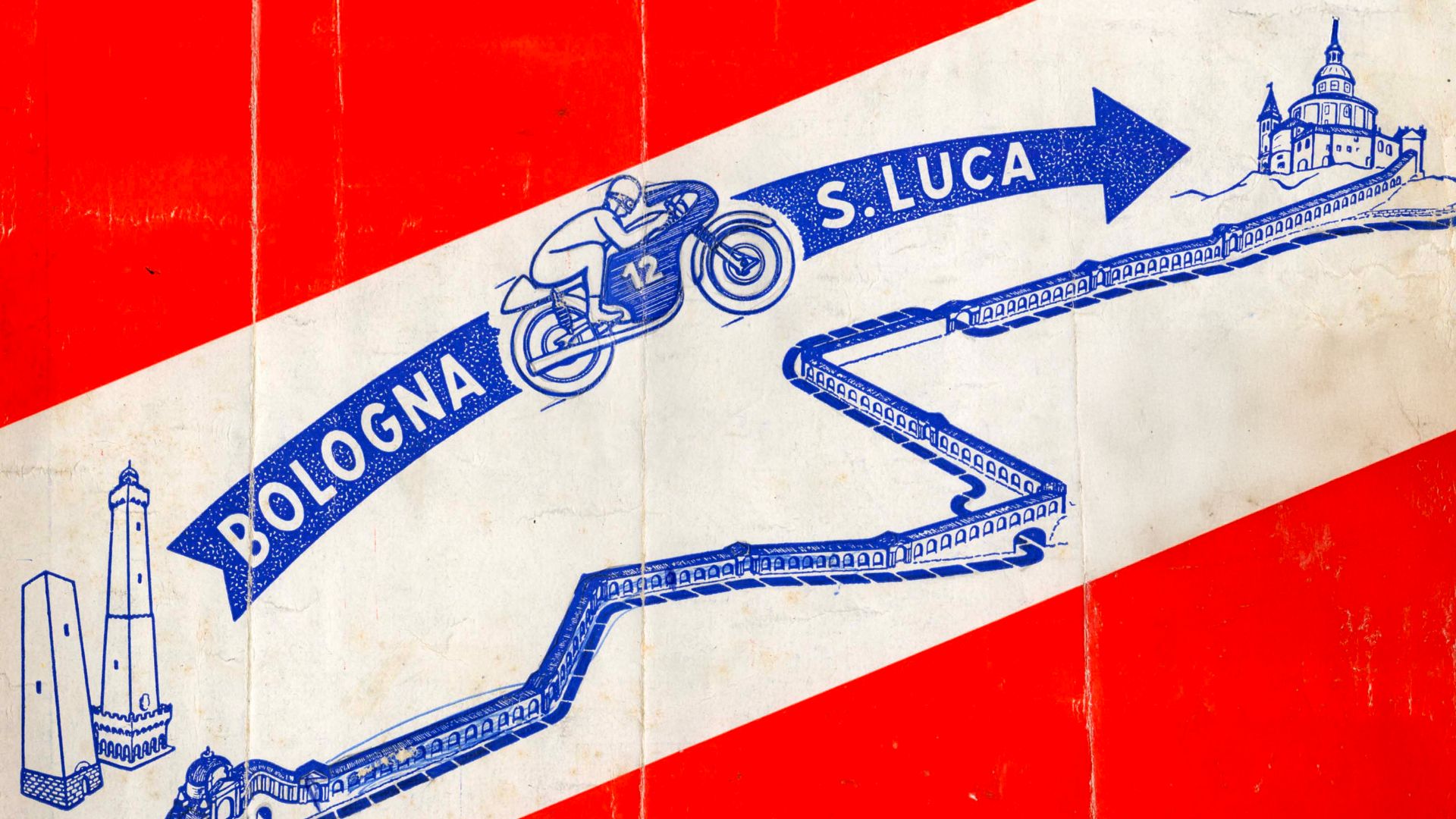

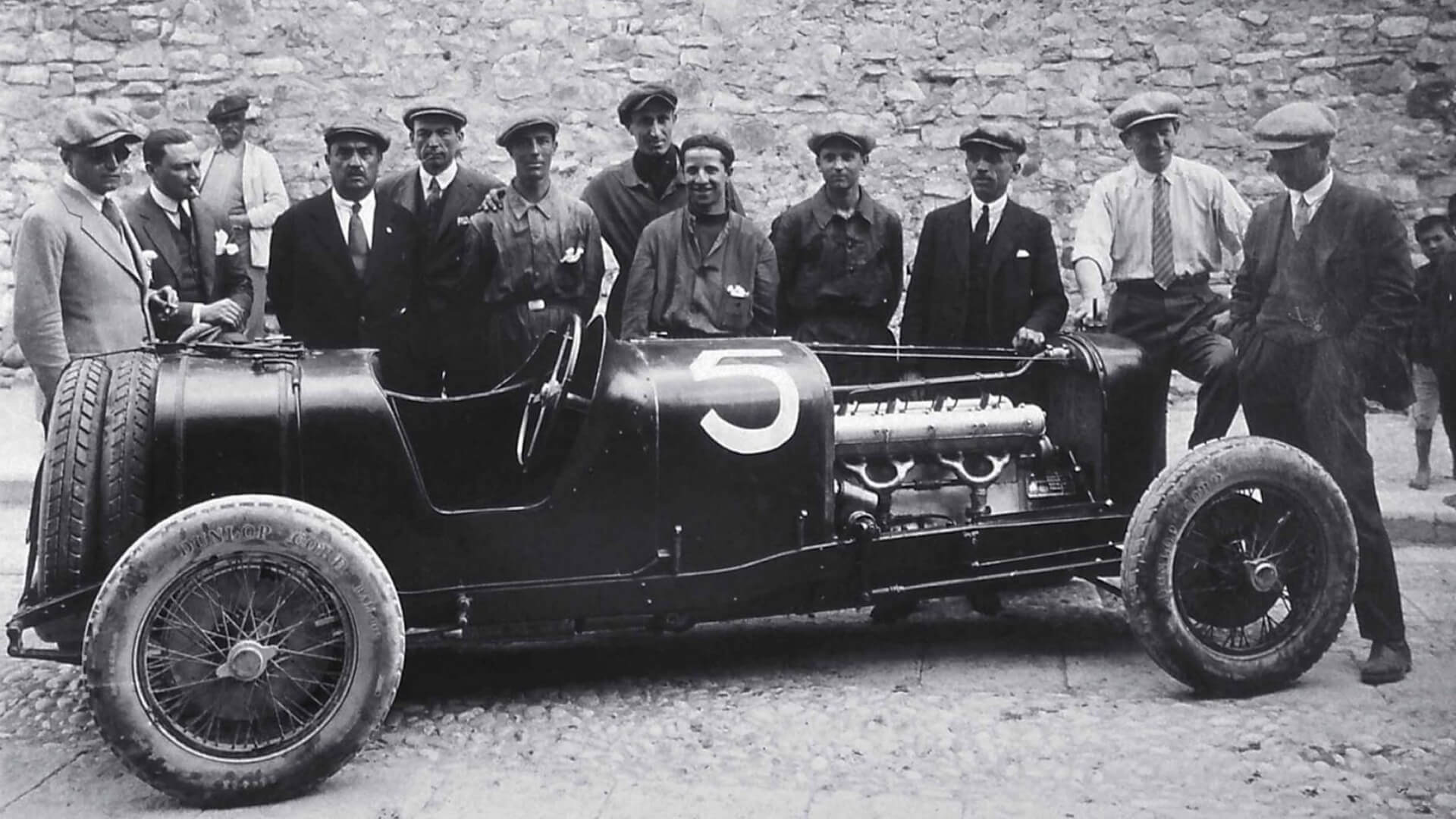
The story of the Maserati is the story of an indissoluble passion, as strong as a blood bond. It’s the story of a family born under the sign of mechanics and raised in the myth of speed. It is the story of six loving brothers who together pursue their dreams overcoming even the most adverse circumstances.
In 1914, in a small garage in the centre of Bologna, Alfieri, Ettore and Ernesto Maserati founded the Officine Alfieri Maserati. In 1937 they gave the property to Adolfo Orsi, who soon transferred it to Modena. Narrated through the stories of the Maserati brothers, this story retraces the first twenty years of the Modena car manufacturer. From the first successes in the world of racing to the first, triumphal entry into the elite of the automotive industry. A small time frame compared to the history of Maserati, but that condenses in itself all the elements that have characterized the Trident’s journey over the century.
The Maserati brothers are six, all male. Carlo, Bindo, Alfieri, Mario, Ettore and Ernesto. Born between 1881 and 1898 by Rodolfo Maserati and Carolina Losi. Father Rodolfo works in Voghera for the Regie Ferrovie, and through the train he makes his children know the beauty of mechanics.
Carlo, the eldest son, is the family leader. At seventeen, while working in a bicycle factory in Affori (MI), he designed and built a single-cylinder motor for bicycles, the first Maserati engine in history. The financial support of Marchese Michele Carcano from Anzano del Parco, and thus the Carcano motor bikes are born. Racing is the main advertising medium of the time, and it is Carlo himself to bring his creation into competition. The speed record of 10 km at Padova-Bovolenta and other victories are worth the attentions of Vincenzo Lancia, who in 1901 makes him hire in Fiat. We have three years left, before moving to Milan at Isotta Fraschini as test driver and assistant in the rehearsal room, bringing his brother Alfieri.
Carlo wants to run again. He moved to Bianchi, but the poor results push him, after only one year, to OTAV, where he is then joined by Ettore and Bindo. Together with the first he decides to start his own business and embark on a new adventure, but a lung disease, when Carlo is only 29 years old, prematurely ends his thirst for conquests.
The family witness passes to Alfieri, who entered as a boy thanks to his older brother, in a short time manages to climb the hierarchies of Isotta Fraschini, showing to excel, as well as mechanics, also in public relations. Like Carlo, he has a passion for speed and a sense of family. Become a pilot and calls his brother Ettore, with whom he launches the commercial conquest of the Americas.
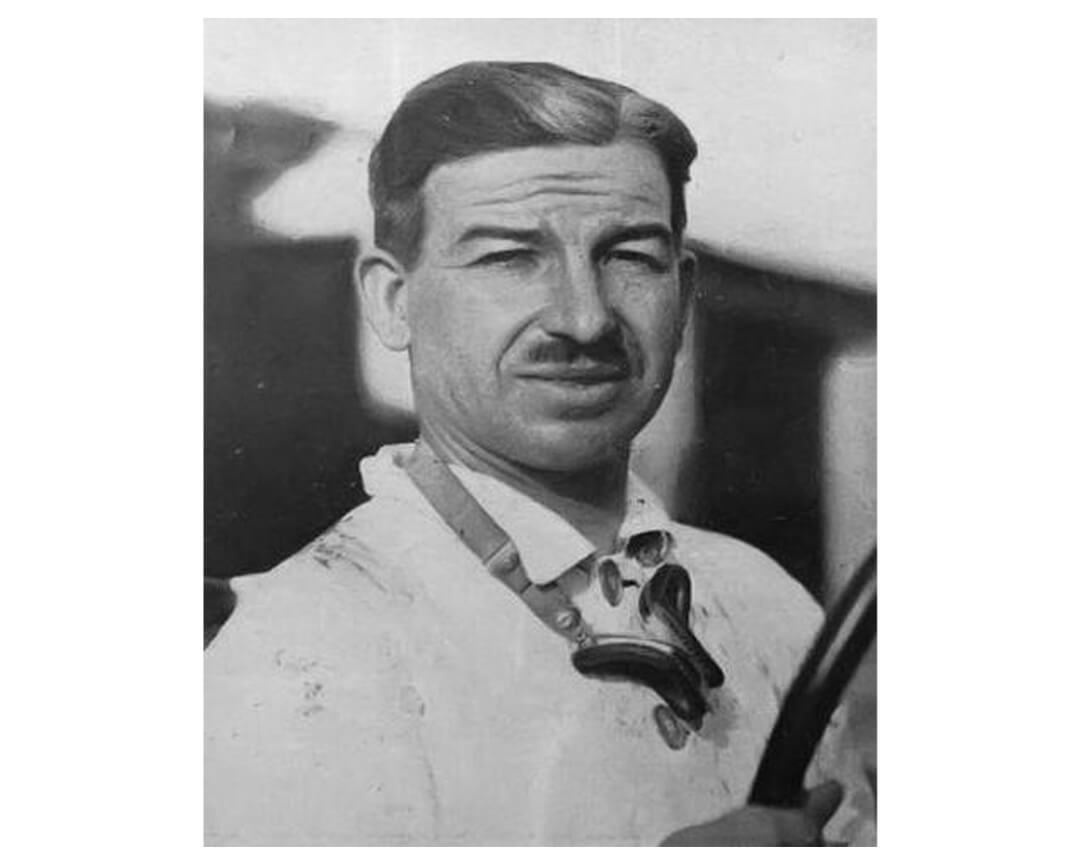
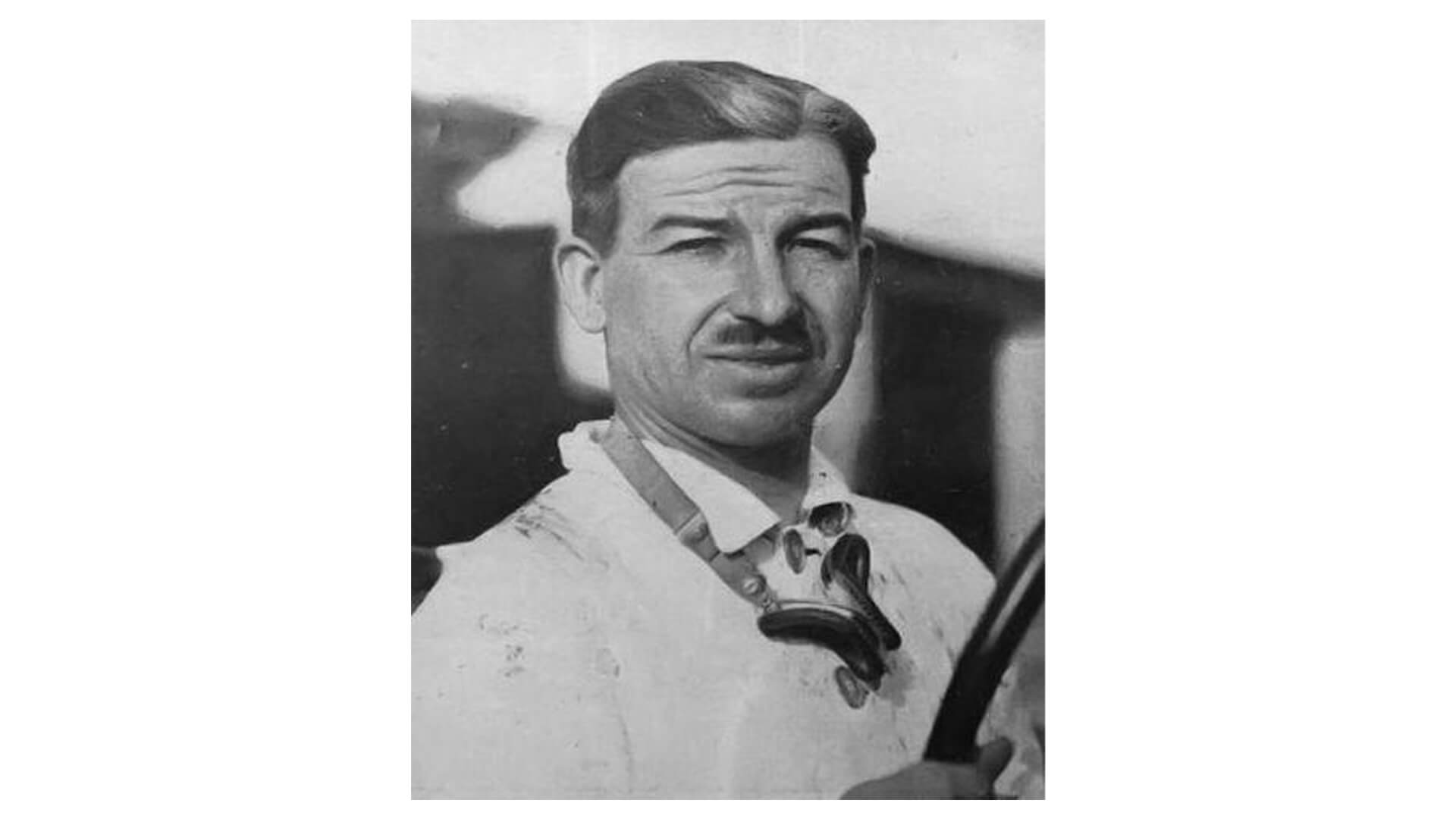
After having accumulated experience around the world, including a long commercial stay in Latin America, Alfieri can give vent to all his enterprising. After about a year as representative of Isotta Fraschini in Bologna, in 1914 Alfieri, at the age of 27, decided to give life to the dream of working together with his brothers. Bindo prefers to stay in Milan. Ettore and little Ernesto, on the other hand, join him, enthusiastic.
Tuesday, 1 December 1914 Alfieri, Ettore and Ernesto Maserati open a garage with an adjoining mechanical workshop for car repairs. It is called Società Anonima Officine Alfieri Maserati. It opens in via De’ Pepoli 1A, in Bologna. Only a few months pass, however, and even Italy is thrown into the abyss of World War I. Alfieri and Ettore are called to the front. The workshop remains in the hands of Ernesto, then sixteen years old, before he also left in 1916.
The three are in Bologna immediately after the end of the war. Unharmed and with a wealth of experience. The desire to do is so much, the space in the workshop is little. There is a need for a new headquarters, which the brothers find on the other side of Bologna, in Pontevecchio, in a building overlooking the trunk of Via Emilia called Levante, from which will derive, almost one hundred years later, the name of the first SUV of the house of the Trident.
On 1 April 1919, Alfieri, Ettore and Ernesto resumed full-time activities, which consisted of the development and modification of racing cars. There is still no desire to produce them, but the one to drive them yes. Especially on the part of Alfieri, who in 1920 returns to racing. He does it with a SCAT of three liters of capacity, purchased as war remnants and modified together with the brothers, at Parma-Poggio di Berceto. He is faced with the great names of motor racing: Giuseppe Campari on Alfa Romeo, Brilli Peri on Aquila, a young Enzo Ferrari on Isotta Fraschini. The competitive gap is too great, and Alfieri cannot make a mark. Two weeks later he shows up in Mugello aboard a Nesselsdorf, but the result does not change. Alfieri decides to take matters into his own hands. He buys an Isotta Fraschini chassis and combines it with an eight-cylinder engine from Hispano-Suiza. The car is completed by a SCAT gearbox, the Itala bridge, the Rudge spoke wheels. It is called “Special Type” and is the first assembled Maserati car.
In July 1921, still at Mugello, the Tipo Speciale ranks fourth. A month later, at Susa-Moncenisio, with his brother Ernesto at their side, the Tipo Speciale gives the Maserati their first race victory. It competes at the Gentlemen’s Grand Prix in Brescia, where it finishes fourth before being placed in the garage in favour of the Isotta Fraschini, modified properly in the Maserati workshop.
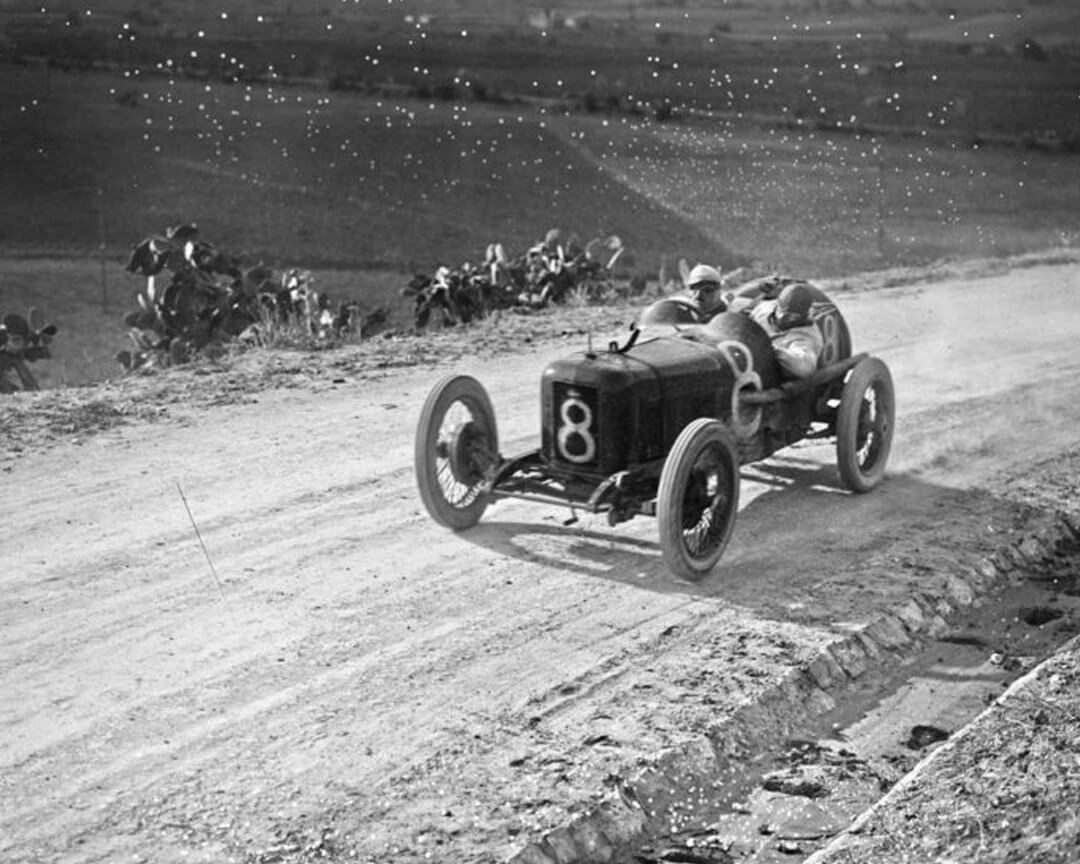
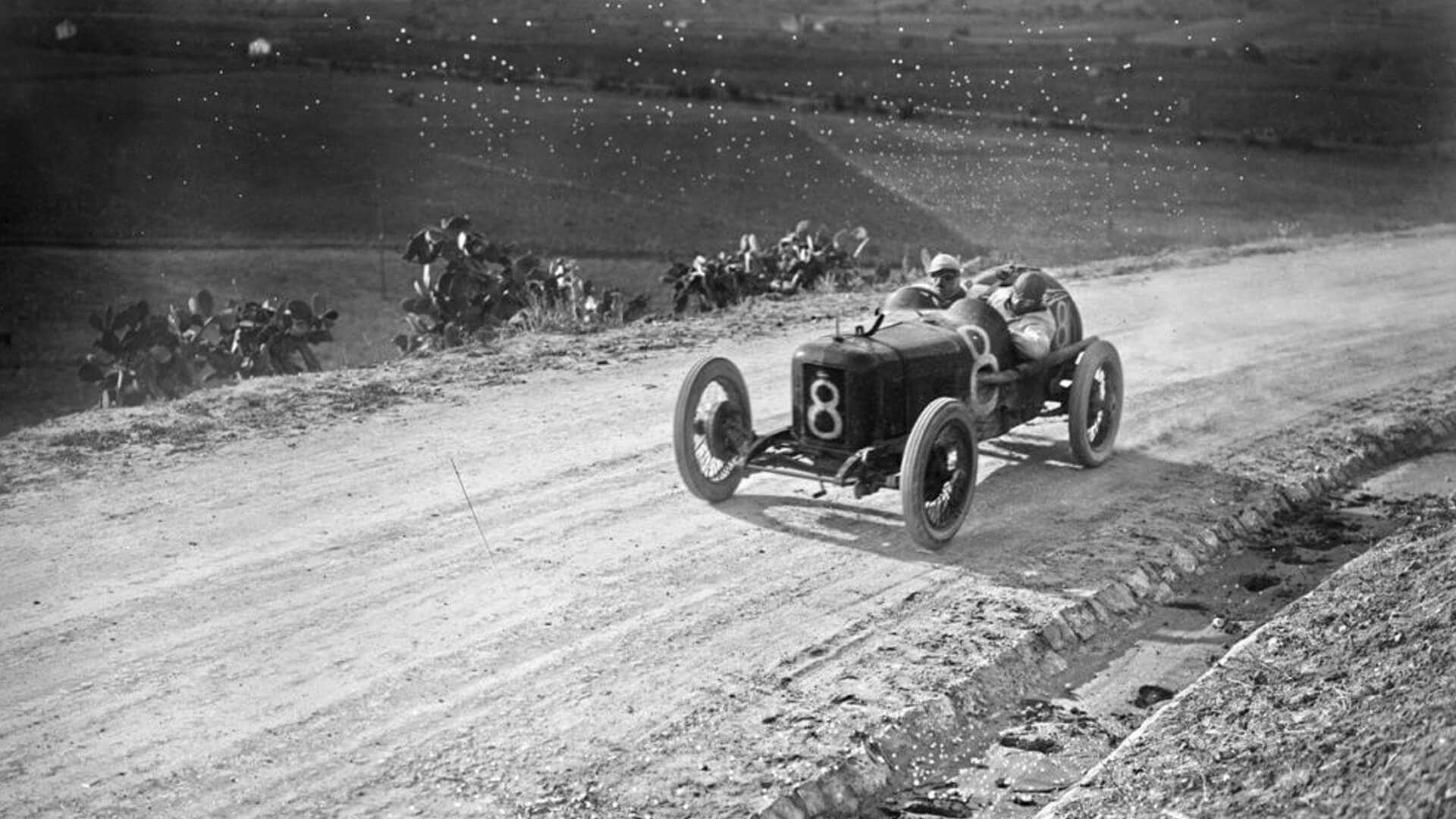
In 1922, Alfieri and Ernesto were the first to cross the finish line at Mugello, in the Susa-Moncenisio and in the Aosta-Gran San Bernardo. They are the new stars of Italian motoring. Diatto hires them as consultants. Alfieri and Ernesto lead the Turin house to success in the Susa-Moncenisio and the Aosta-Gran San Bernardo of 1923. But not with a Diatto, discarded by Alfieri because it was too uncompetitive, but with the Isotta Fraschini-Hispano Suiza-SCAT-Itala of two years earlier, dusted and updated for the occasion. The following season, that of 1924, ended without success and even with a disqualification, unjustly inflicted on Alfieri for a replacement engine not allowed by the regulation and commissioned, unbeknownst to him, by mechanics of Diatto.
In 1925 the first edition of the motoring world championship was held for car manufacturers, a forerunner of Formula 1. Diatto faced serious difficulties, both technical and financial, so much so that they only participated in the last race of the season, the Europe Grand Prix that was held in Monza. The triumph of Alfa Romeo was offset by Diatto abandoning the races. Their withdrawal was the big break that Alfieri needed to decide to take the big step. But the Maserati’s sporting successes had not been able to coincide with management successes. The workshop boxes languished, and like thirty years before with Carlo and the Carcano motor bicycles they needed an intervention from another marquis, the gentleman driver Diego de Sterlich, to unblock the situation. The Marquis supported the operation with his own money, and so the Maseratis brought ten Diatto 30 Sport chassis to the Bologna workshop, as well as transmissions and other mechanical components.
Throughout the winter they dedicated themselves to producing their first racing car. It was called “Type 26”, (the year of its manufacture). It was powered by an in-line 1500 cc 8-cylinder engine, supercharged by a compressor that developed 120 hp at 5,300 rpm. It was the first real Maserati, and it needed a coat of arms that would make it unmistakable. Alfieri turned to Mario, the fifth of the Maserati brothers, the only one who had always preferred art to cars.
Legend has it that Mario, following Marchese De Sterlich’s cue, proposed the trident carved by Giambologna onto the right hand of the statue of Neptune, in the fountain of the homonymous square located in the center of Bologna, Maserati’s adopted home. With the new emblem, a symbol of power and command, and under the leadership of Alfieri, the Type 26 made its debut in the Targa Florio on April 25, 1926. It was red, as was the Italian national racing color, and bore the number 5 .
Alfieri, assisted by the mechanic Guerino Bertocchi, won his class and cam in eighth place overall, even before two Bugattis. Galvanized, Maserati immediately produced other Type 26 specimens, while Ernesto, in mid-June, took the car to her first absolute success at Kilometer Launched in Bologna.
Type 26 became the object of desire. All Italian drivers wanted one, even the driver Joaquím Palacio, whose Maserati would be the first ever sold outside Italy. Eventually 43 would be produced, in numerous variations. Meanwhile Alfieri continued to reap victories, but a serious accident in the Messina Cup on 8 May 1927 risked interrupting everything. Alfieri recovered, but was forced to give up the stage to Emilio Materassi, a Florentine driver who at the end of the season became the absolute Italian champion, the first of a long series of titles for Maserati.
In 1929 they obtained their first speed record, the first in the history of Maserati and a record that would remain unbeaten until 1937. It established it in the circuit of Cremona Baconìn Borzacchini, with the 16-cylinder V4 flies on 10 kilometers at an average of 246,069 km / h . But sporting successes still failed to completely eradicate economic problems. After other generous disbursements by the Marquis De Sterlich, in November 1929 Maserati deliberated a capital increase, from 50,000 lire to one million, in the hope of bringing the company to security and economic self-sufficiency.
1930 was another successful season. In the Monza Grand Prix the Maseratis occupied all three steps on the podium. In repeated occasions at the Bugattis and Alfa Romeos, the latter driven by the new Scuderia Ferrari drivers, all ate the dust. Thanks to the victory at the Tripoli Circuit, Alfieri received the title of Cavaliere, and Maserati won the Italian Marche Championship for the second time.
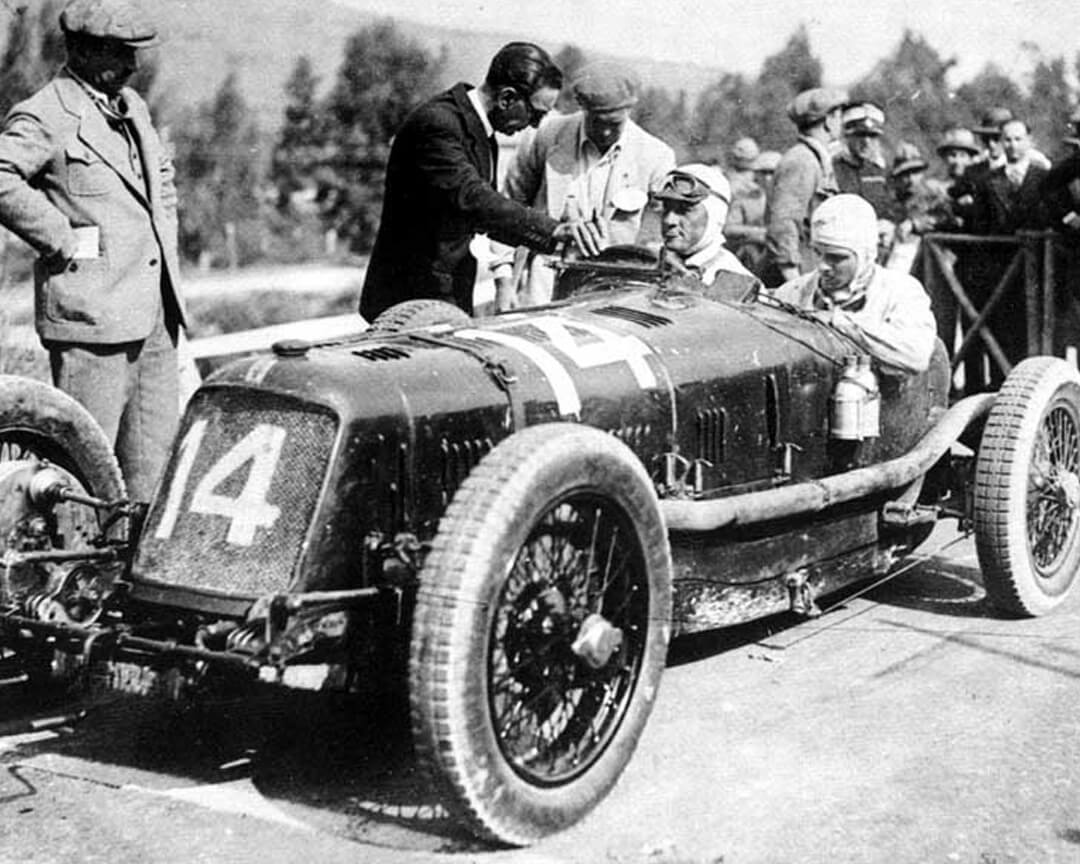
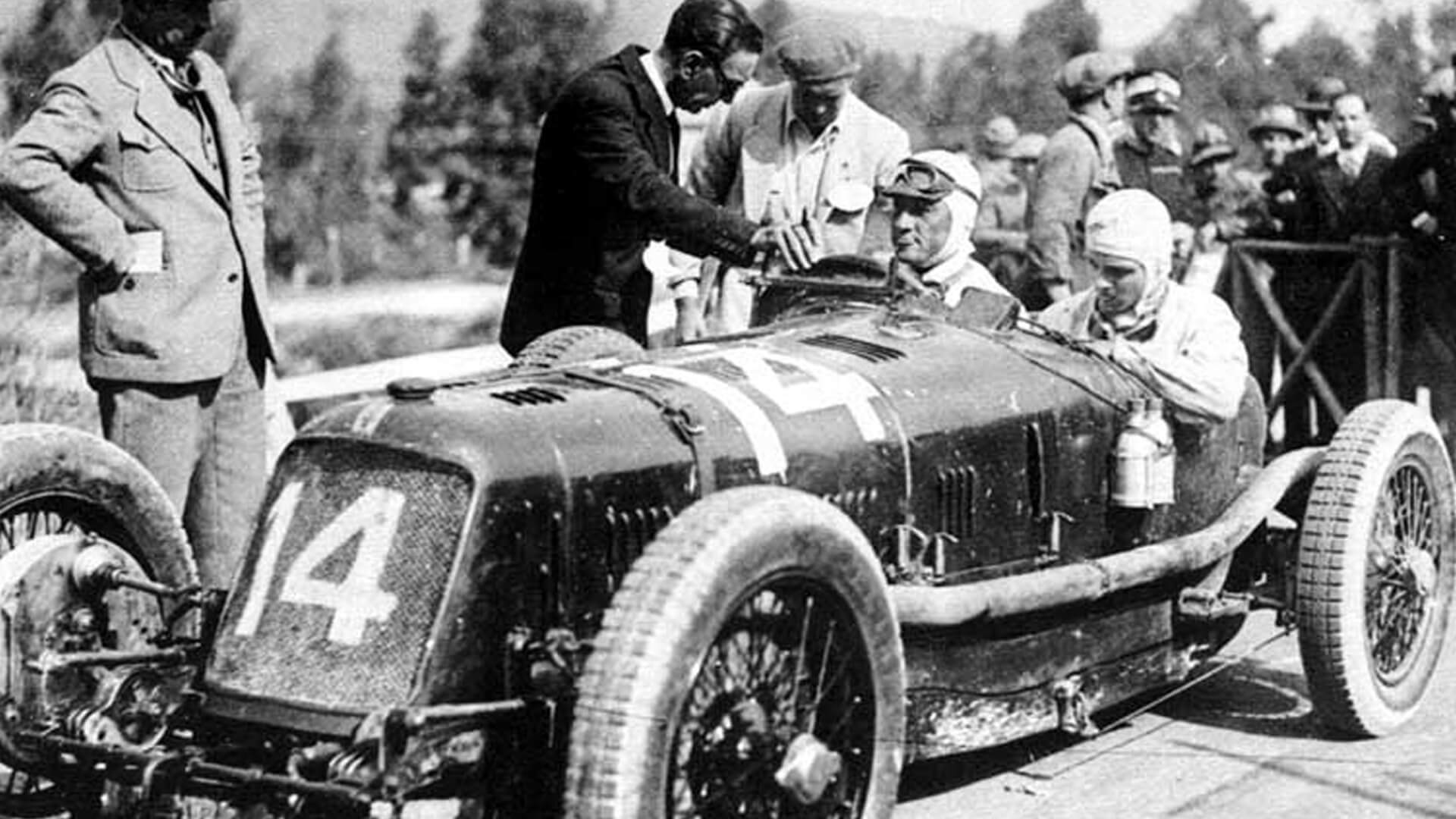
1931 opened with the victory of the Maserati V4 driven by Ernesto at the Real Premio di Roma. Alfieri’s health, however, began to deteriorate considerably. The dormant consequences of the 1927 Messina accident forced him to undergo surgery, to save his only kidney left. He never recovered. Alfieri died on March 3, 1932, at the age of 44. In Bologna, the city mourned him and the funeral was attended by everyone: Nuvolari, Ferrari, Nazzaro, Borzacchini, Campari, Minola, the Marquis De Sterlich alongside a huge crowd.
It is time for a new start. Bindo understood the delicacy of the moment and left Isotta Fraschini to join the brothers Ettore and Ernesto. The three were respectively president, project manager and test manager. The first creation in the new corporate structure was the Type V5, which Fagioli led to victory at the debut in the Royal Award of Rome. 1932, that began so unfortunately, closed with 20 victories.
The following year, Maserati reached new heights of success, thanks to 8CM, the first single-seater Maserati, and to Tazio Nuvolari, who, annoyed by Enzo Ferrari’s refusal to join him in a new team, left Alfa Romeo to race with the Trident. Two Italian titles arrived, with Nando Barbieri and Luigi Castelbarco in the 1100 and 150 classes, but also new losses. Campari and Borzacchini, two “family” drivers, lost their lives. The determination of the Maserati wavered, and when the hegemony of German cars, favored by the new sports regulations, the company was bad shape, for the three brothers the time had come to question themselves about the future.
The solution to chronic corporate management problems came from a journalist. Despite the death of Alfieri, who also tirelessly did PR for the company, the Maseratis continued to enjoy excellent press. The correspondent closest to them was Corrado Filippini, journalist of Littoriale, the sports newspaper printed in Bologna. With Alfieri, Filippini had even created a kind of union organization to protect the interests of drivers.
Having followed it for so long, Filippini knew perfectly well that without a true captain of the industry, the Maseratis would never be able to enjoy the necessary economic tranquility. He then decided to turn to Adolfo Orsi, a former Modenese butcher who collected rags used whilst selling of fruit on the street had come to build an empire that went from metallurgy to machine tools, from agricultural machines to the tertiary sector.
As a great entrepreneur, Orsi immediately understood that his companies, even if they were not part of the automotive sector, could only benefit from the visibility and prestige associated with the Maserati brand. And the Maseratis, for their part, were well aware that free from the headaches of company management, they would finally be able to dedicate themselves to what they did best, that was to design and build racing cars.
The meeting took place at the 1936 Modena Grand Prix. The parties liked each other immediately, and as often happened with gentlemen, the agreement happened in an instant. On May 1, 1937, Adolfo Orsi became the owner of two companies: Officine Alfieri Maserati, which built racing cars, and Fabbrica Candele Maserati, which produced spark plugs. Adolfo managed the companies, entrusted the business to his son Omar and supervised the work on the Maseratis, guaranteeing them the freedom necessary to best express their exceptional technical and human qualities. The brothers continued, in the formal guise of consultants, in their traditional activities, designing racing cars, developing them and bringing them to the races. The only difference was in the headquarters, which in September 1939 were moved from Bologna to Modena, in Viale Ciro Menotti.
The beginning of this new phase was memorable: in 1939, with the war now upon them, the historic success at the Indianapolis 500 of the Maserati 8CTF – eight Cylinder Head Fixed – driven by Wilbur Shaw arrived. Vittoria repeated the following year and touched again in 1941. An enterprise still today never equaled by an Italian car.
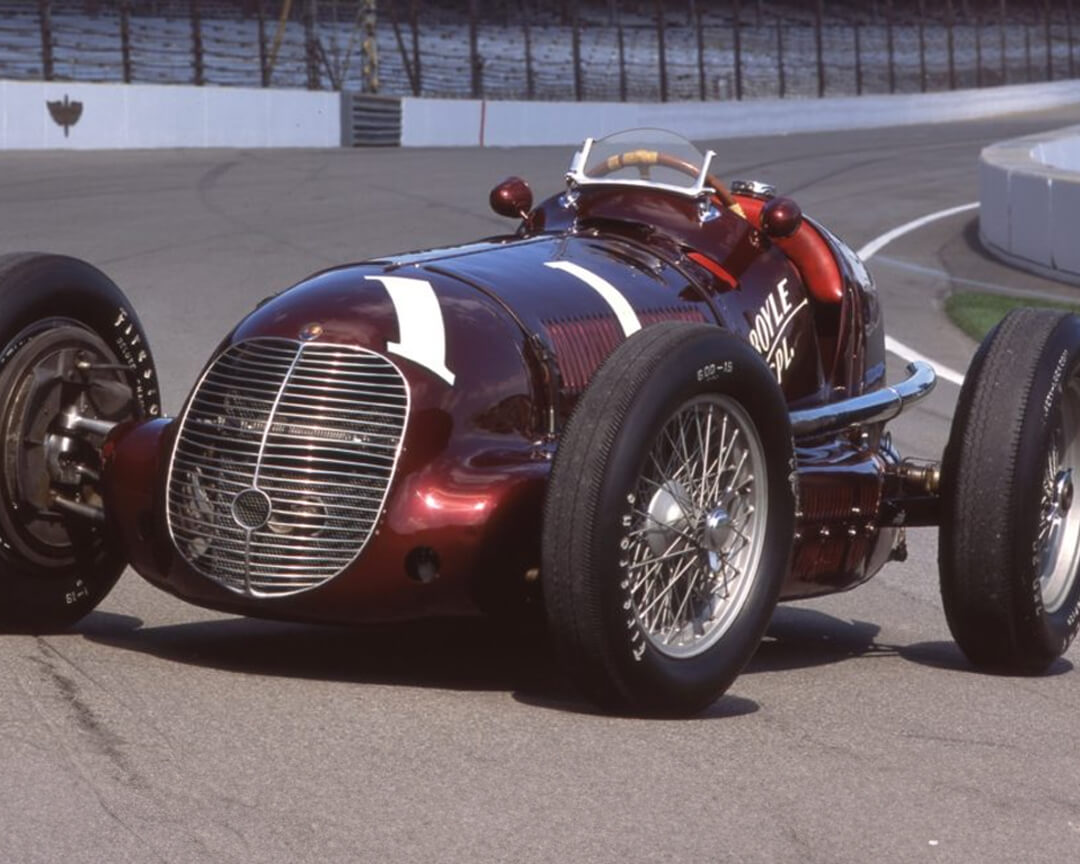
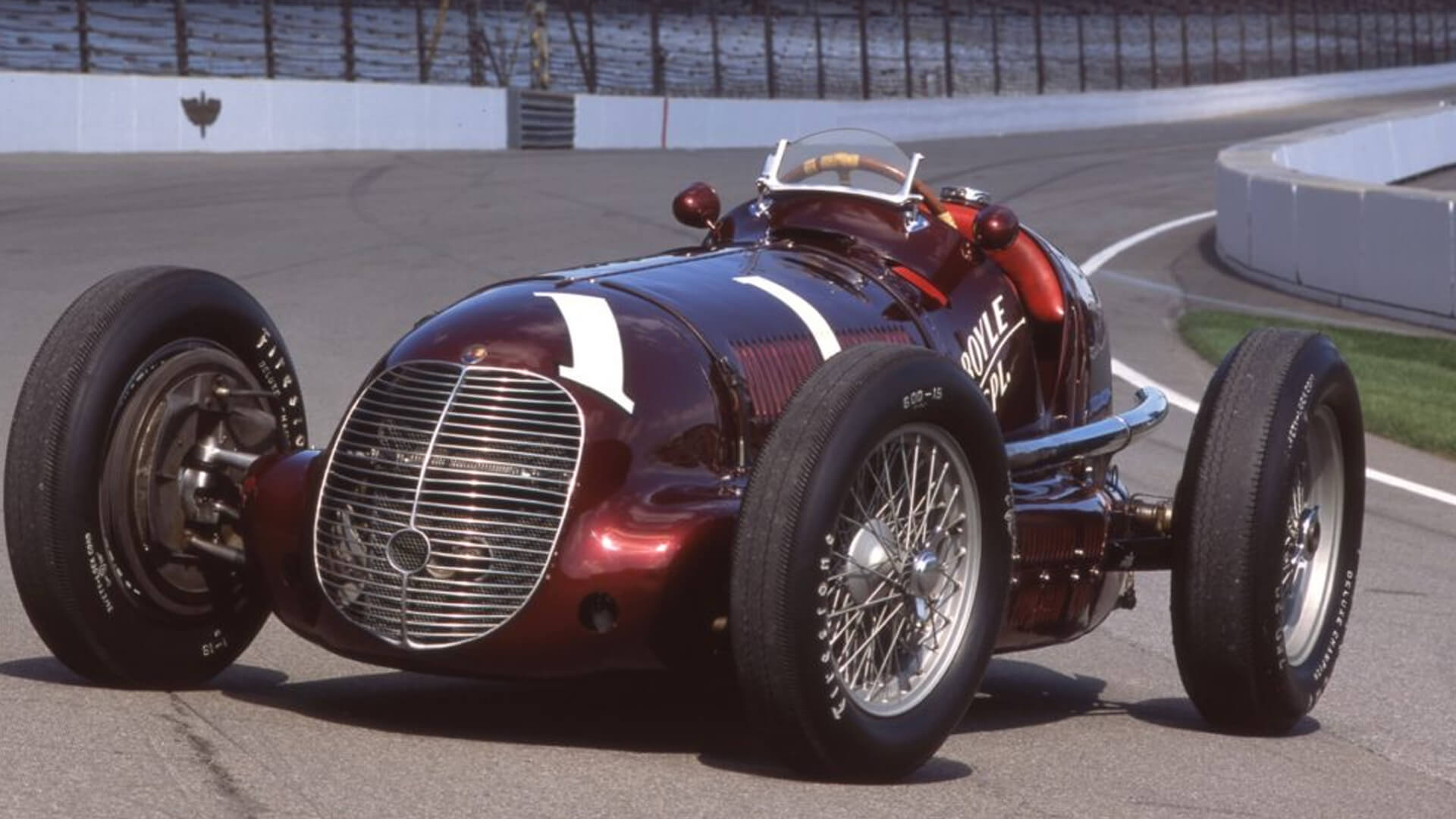
When happy coexistence began to bear its first fruits, however, the second world war was exploding. Like many other companies in that period, Maserati had to be converted to war production. A dozen of 4CLs were secured near Milan in the garage of Antonio Ruggeri, a trident racing enthusiast. They would return to Modena after the Liberation.
Maserati focused on the production of candles, accumulators and electric wagons, but the Maserati brothers continued to plan for the future. In 1940 they worked on the first technical drawings of a touring car. In April 22, 1946 in Nice, at the first post-war international race, the Maserati won with one of the 4CL kept hidden during the conflict, March 1947 saw the debut, at the Geneva Motor Show, of the first Maserati vehicle for road use.
It was the Maserati A6: A as Alfieri, 6 as the engine cylinders. His father was the engineer Alberto Massimino (formerly Fiat, Alfa Romeo and Auto Avio Costruzioni) alongside Ernesto Maserati. It was a berlinetta with an engine of one and a half liters with a fixed head and double camshaft, derived from the racing 6CM. Its body was signed by “Pinin” Farina. The streamlined and incredibly innovative lines immediately earned it the first place on the coveted “Grand Prix” in Monte Carlo. It would be produced until 1956 in numerous variants, racing and street, one of which, the Berlinetta A6 GCS / 53, was exhibited together with other vintage Trident jewels at the Umberto Panini Collection in Modena.
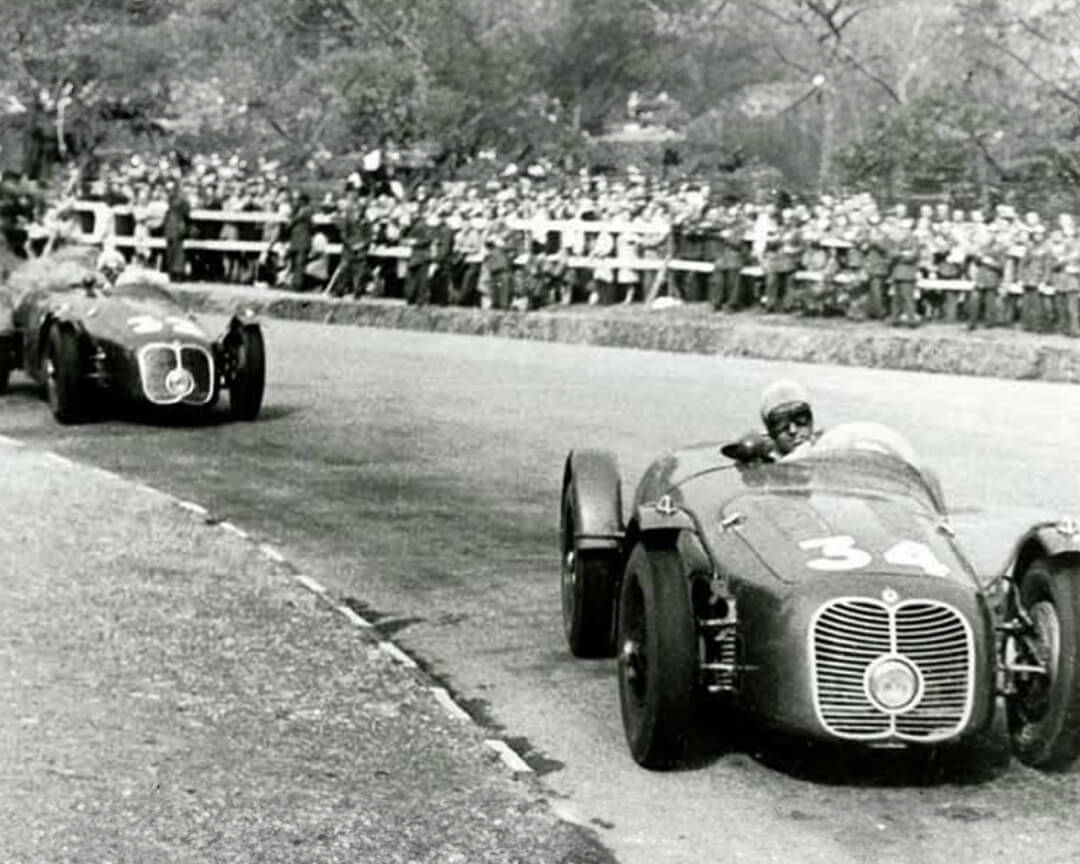
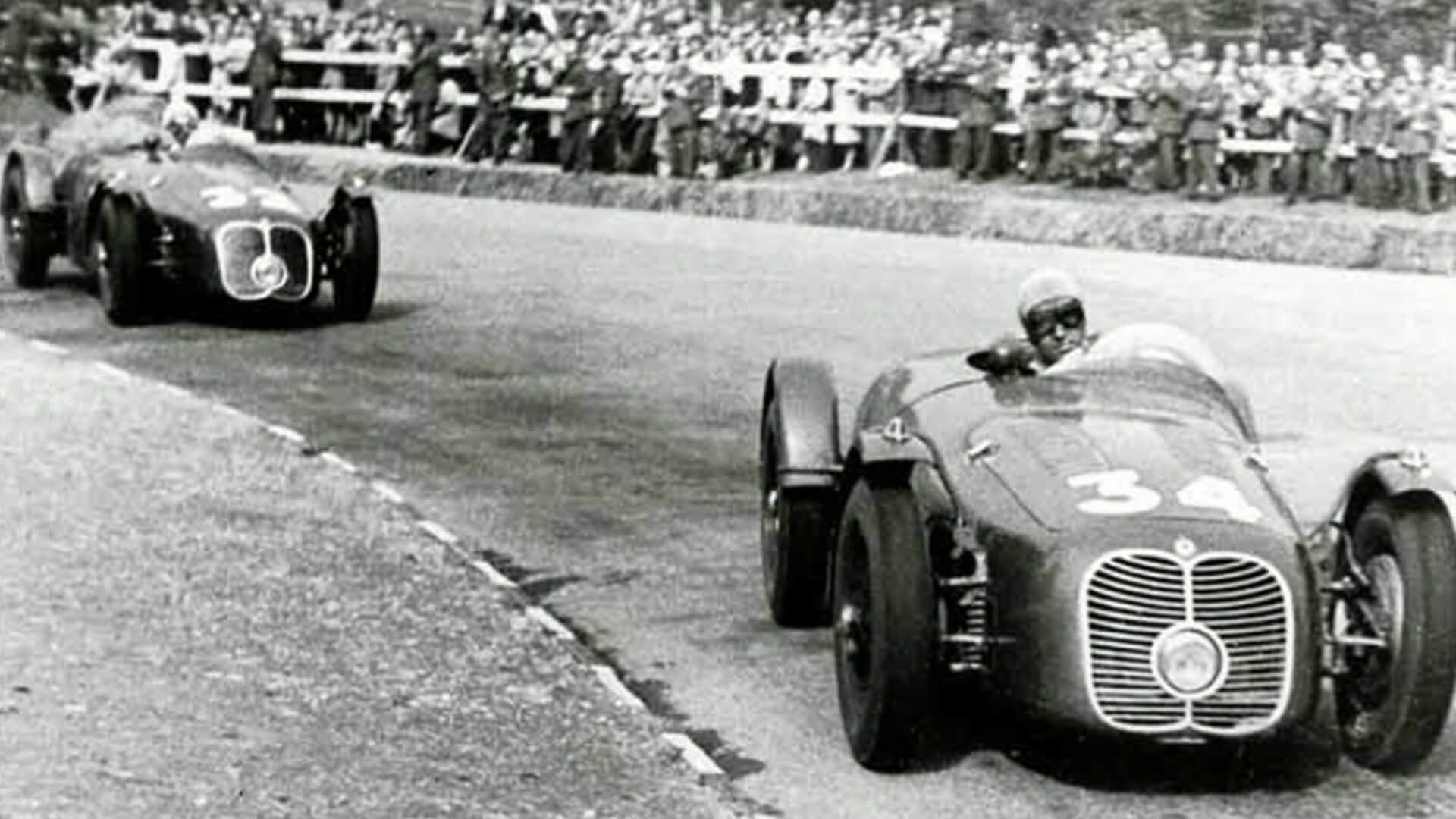
Once the war was over, Maserati was always in the limelight, stronger than ever before. 1947 was the last year of the ten-year consulting contract linking the three brothers to Maserati. The choice between the continuation under the Orsi management and the abandonment of the company that bore their name was very painful. Finally, the three decided to leave it and to found OSCA (Officine Costruzioni Automobili) in San Lazzaro di Savena, near Bologna, where they produced small-scale sports and competition models.
Already in 1948 the MT4, a four-cylinder 1100, was entered in the races. It won the Grand Prix of Naples, led by Luigi Villoresi. In its next 15 years of activity, the OSCA achieved several successes, including a triumph at the 12 Hours of Sebring in 1954 with the MT4 1450 driven by the great British driver Sterling Moss. It also beat world speed record (as many as 18 those broken by the Simpson Special) and produced Gran Turismo cars as well as several engines that have been successful in the powerboat sector.
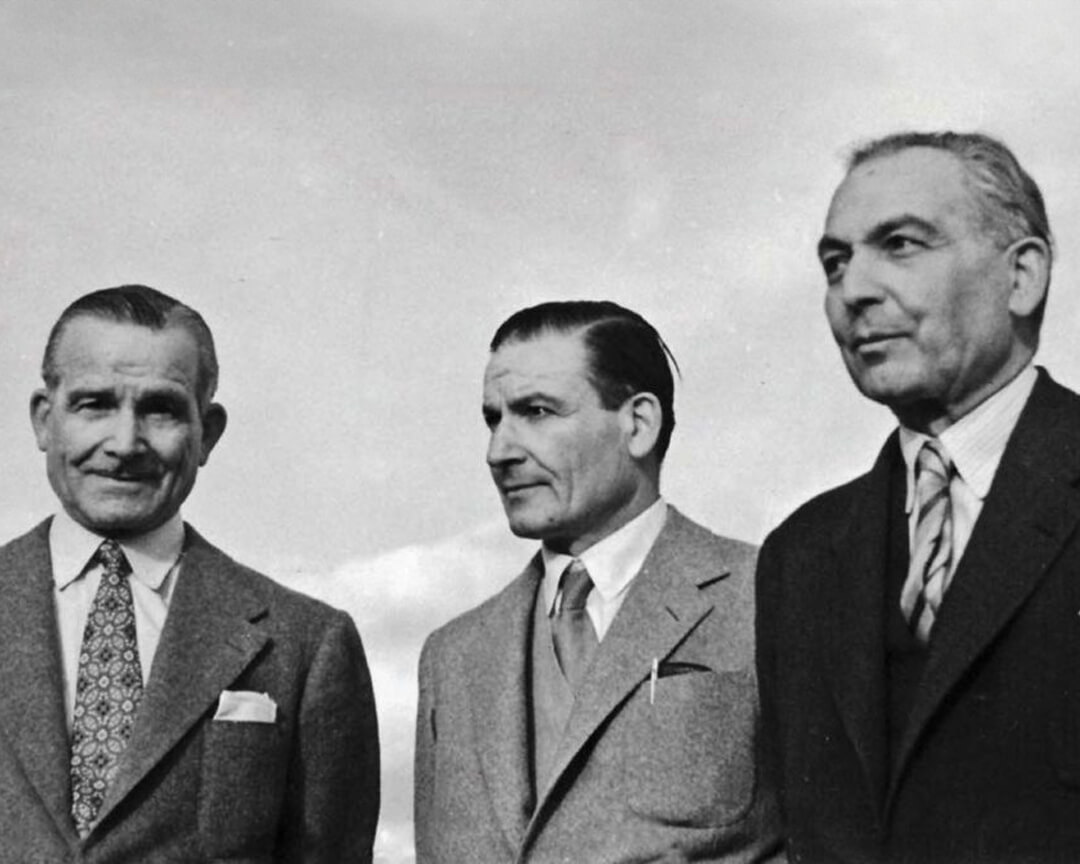
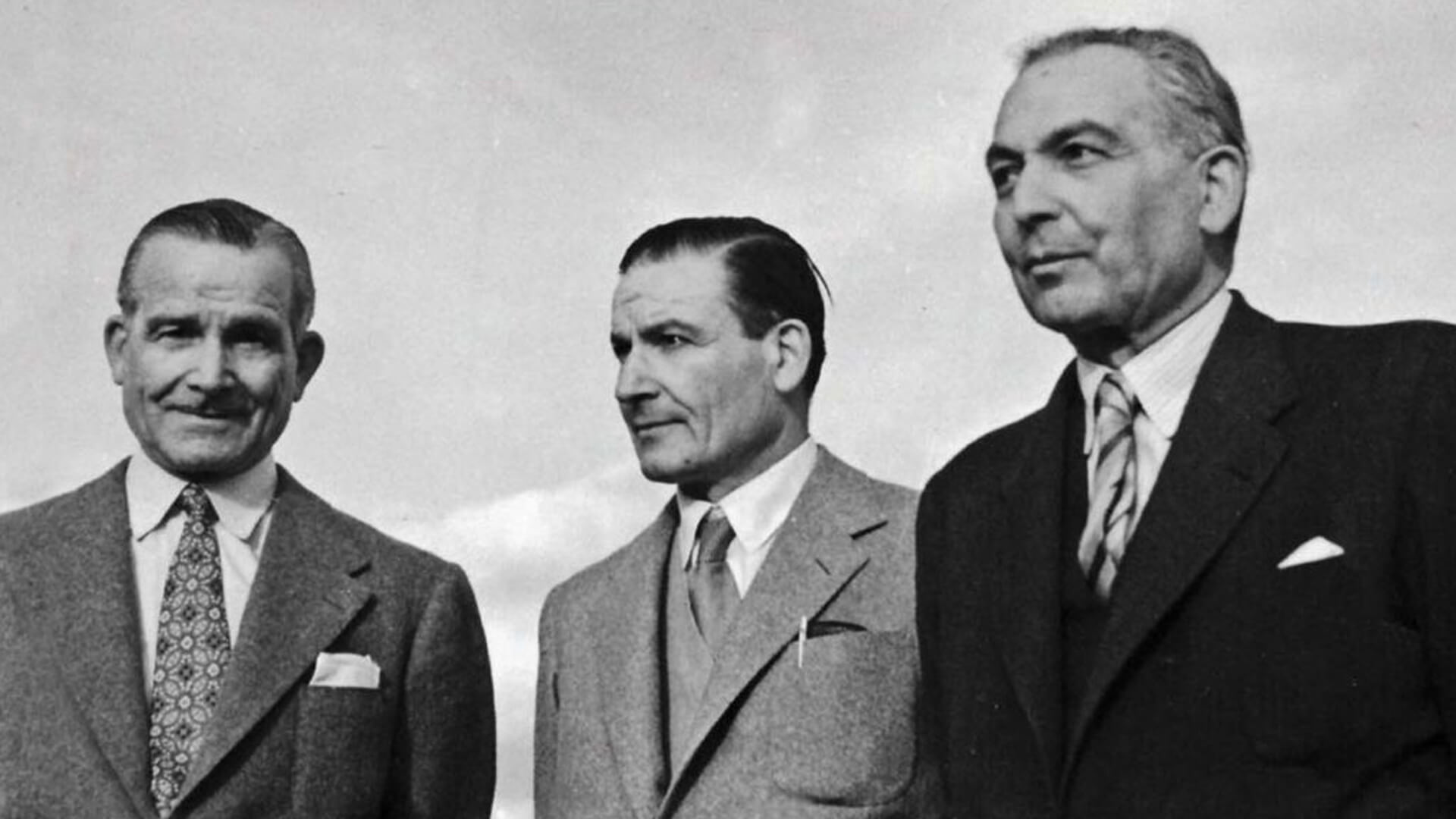
At the end of 1964 the Maserati brothers sold OSCA to MV Agusta, which in turn closed in 1967. Despite being the youngest of the three brothers, Ernesto was the first to die in 1975, followed by Bindo (1980) and Ettore ( 1990). Meanwhile, Maserati had become a manufacturer of exclusively road cars. The corporate events had seen a continuous succession of ups and downs, the same ones that characterized the company at the time when the brothers held the reins. Nevertheless, exactly as then, the management turbulence did not prevent it from becoming an icon of engineering excellence and elegance, still coveted and admired throughout the world.
Partners involved:
Areas involved: